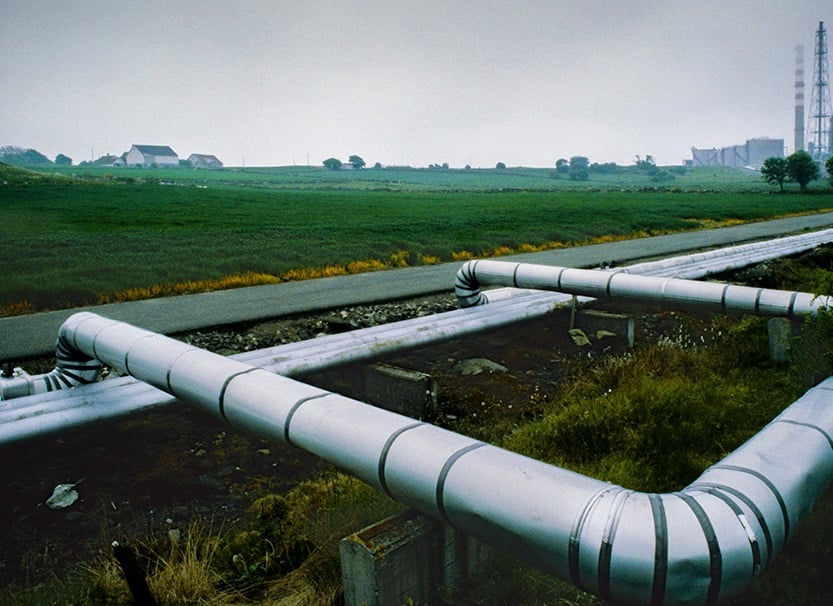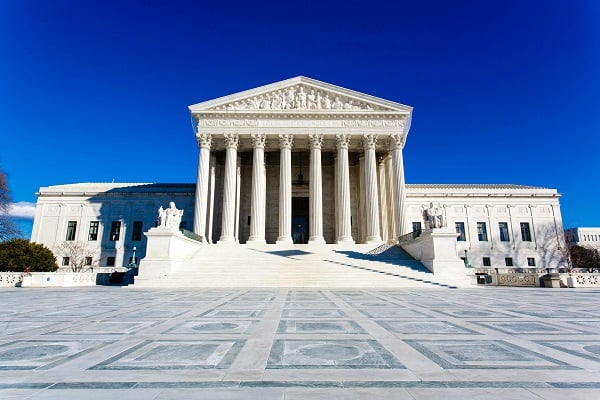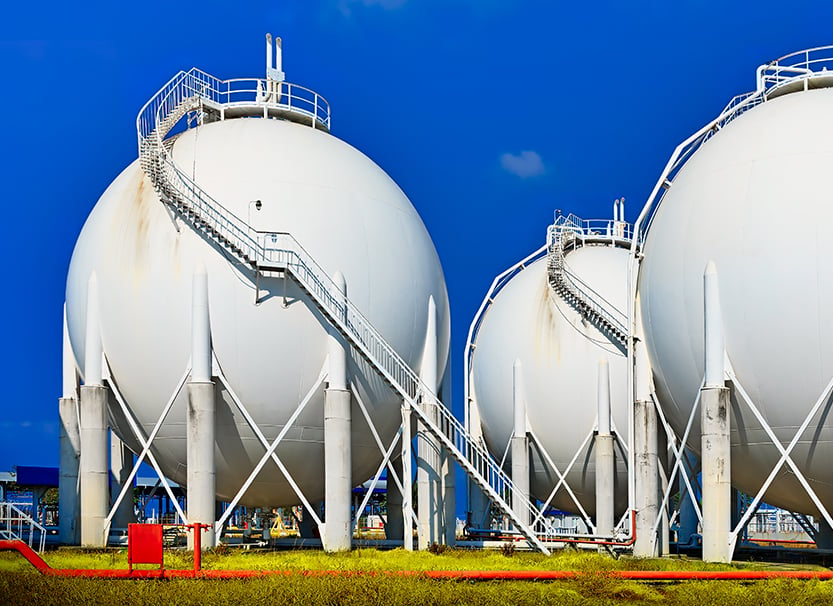
Agencies Collectively Move to Overhaul Environmental Review Regulations
On July 3, 2025, numerous federal agencies initiated an effort to revise the manner in which they comply with the National Environmental Policy Act (NEPA). NEPA, a cornerstone of environmental governance and project development in the U.S., has historically been implemented through regulations from the Council on Environmental Quality (CEQ). The DC Circuit questioned the legality of those regulations, as well as CEQ’s authority to implement them. And at the direction of President Trump’s February 25, 2025 Executive Order 14154 — “Unleashing American Energy” — CEQ rescinded its NEPA implementing regulations. In place, CEQ provided guidance for agencies that instructed them to update their NEPA procedures by February 2026 in a manner consistent with recent statutory amendments that prioritizes “efficiency and certainty over any other policy objectives.” Today, we are getting our first glimpse into what that process will look like.
EPA Updates Clean Air Act Standards Applicable to Small Waste Incinerators
On June 30, 2025, the U.S. Environmental Protection Agency (EPA) finalized updates to its New Source Performance Standards (NSPS) and Emission Guidelines for Other Solid Waste Incineration (OSWI) units under the Clean Air Act (CAA). These units — combustion systems that incinerate solid waste from commercial or institutional sources not otherwise regulated under specific incinerator categories — include very small municipal waste combustors and institutional incinerators. The final rule includes applicability-related and definitional changes expanding the class of incinerators subject to NSPS, revises the OSWI subcategories and tightens emission limits for key pollutants. It also adopts changes to startup, shutdown, and malfunction (SSM), and expands testing, monitoring, reporting, and recordkeeping requirements that will affect both existing and new OSWI units.

Supreme Court Issues Split Rulings on Clean Air Act Venue Disputes
On June 18, 2025, the U.S. Supreme Court issued decisions in two significant Clean Air Act cases — EPA v. Calumet Shreveport Refining and Oklahoma v. EPA — clarifying the appropriate venue for legal challenges to certain final EPA actions. In Calumet, the Court held that EPA’s universal denials of small-refinery-exemption (SRE) petitions under the Renewable Fuel Standard program were “based on a determination of nationwide scope or effect,” and thus challenges may only be brought in the D.C. Circuit Court of Appeals. By contrast, the Court in Oklahoma held that challenges to EPA’s disapproval of State Implementation Plans (SIPs) belong in the applicable regional circuit courts because the agency’s determinations were based on facts and rationales unique to each state. Although some gray areas remain, the twin decisions put several long-standing venue issues to rest and should encourage quicker resolution of Clean Air Act regulatory challenges.
EPA Proposes to Rescind Two Biden-EPA Fossil Fuel-Fired Power Plant Rules
On June 11, the EPA proposed two Clean Air Act (CAA) rules that would affect fossil-fuel fired electric generating units (EGUs). One rule would repeal greenhouse gas (GHG) standards under Section 111 and the second would repeal the 2024 EPA amendments to the mercury and air toxics (MATS) standards. The proposed rules are a part of the current administration’s stated goal to promote U.S. energy by reducing regulation of the power sector. The EPA estimates that, together, the two rules will save more than $1.3 billion in regulatory costs per year. Here are five key takeaways from these proposals.
Proactive Risk Management in the Face of Opposition to Data Centers and Crypto Mining
The rapid growth of artificial intelligence (AI), cloud computing, and cryptocurrency continues to drive unprecedented U.S. demand for energy. This acceleration is encountering an increasingly organized wave of opposition, particularly to the siting of electric generation assets required to operate data centers and crypto mining facilities. A new report from the Environmental Integrity Project (EIP), A Pollution Footprint the Size of Texas, sharply criticizes the permitting of new natural gas power plants in Texas — many of which are being built for proposed to power data centers and crypto mines.

EPA Drops Suit Against eBay
On April 24, 2025, the United States, on behalf of the U.S. Environmental Protection Agency, voluntarily dismissed the government’s appeal of a district court order rejecting claims that eBay violated the Clean Air Act (CAA), the Federal Insecticide, Fungicide, and Rodenticide Act (FIFRA), and the Toxic Substances Control Act (TSCA). This means the district court’s dismissal of the case against eBay will stand.

EPA Advances State Primacy for Underground Injection Control Class VI Well Programs: Key Updates for Carbon Sequestration Efforts
The U.S. Environmental Protection Agency (EPA) continues to take steps to expand state primacy for the Underground Injection Control (UIC) Class VI well program, established under the Safe Drinking Water Act (SDWA). Class VI wells, added as a distinct category in 2010, are used to inject carbon dioxide into deep rock formations for the purpose of long-term geologic carbon sequestration.
U.S. Environmental Protection Agency Extends PFAS Reporting Rule Submission Period
On Monday, May 12, 2025, the U.S. Environmental Protection Agency (EPA) announced an interim final rule to extend the reporting period for the EPA’s rule requiring data submission on per- and polyfluoroalkylated substances (PFAS Reporting Rule).

U.S. Environmental Protection Agency Announces New PFAS Action Plan
On April 28, 2025, U.S. Environmental Protection Agency (EPA) Administrator Lee Zeldin announced the Agency’s plan to address per- and polyfluoroalkyl substances (PFAS) during the second Trump Administration. PFAS are manmade chemicals—of which there are thousands—commonly found in textiles, cookware, packaging, plastics, and firefighting foams. These “forever chemicals” are persistent in the environment and human body, as they do not break down and can accumulate over long periods of time. EPA’s outlined action plan calls upon its investigatory, regulatory, and enforcement powers under various statutes, including the Toxic Substances Control Act (TSCA), Clean Water Act (CWA), Safe Drinking Water Act (SDWA), Resource Conservation and Recovery Act (RCRA), and Comprehensive Environmental Response, Compensation, and Liability Act (CERCLA).

Presidential Exemption for Certain Stationary Sources of Air Pollution
The Environmental Protection Agency (EPA) has opened an electronic mailbox to allow regulated sources to request a Presidential Exemption under section 112(i)(4) of the Clean Air Act (CAA) from nine National Emission Standards for Hazardous Air Pollutants (NESHAPs) that EPA is reconsidering (see table below) across the energy, manufacturing, and chemical sectors.


